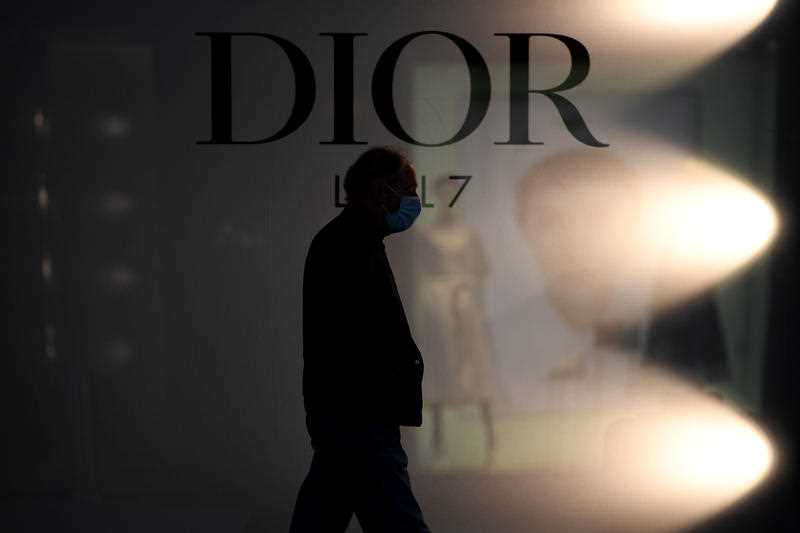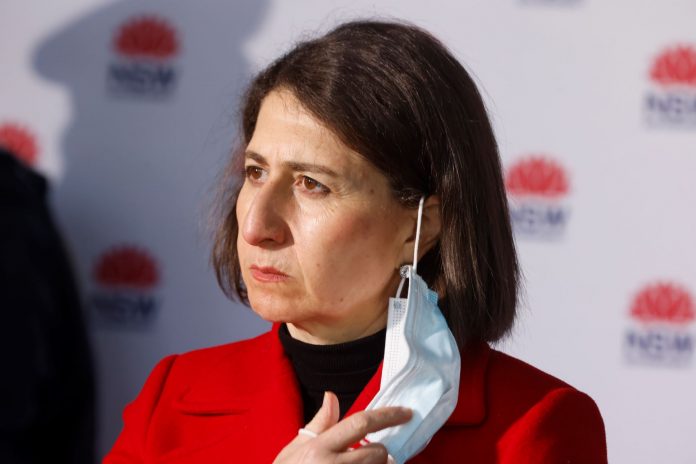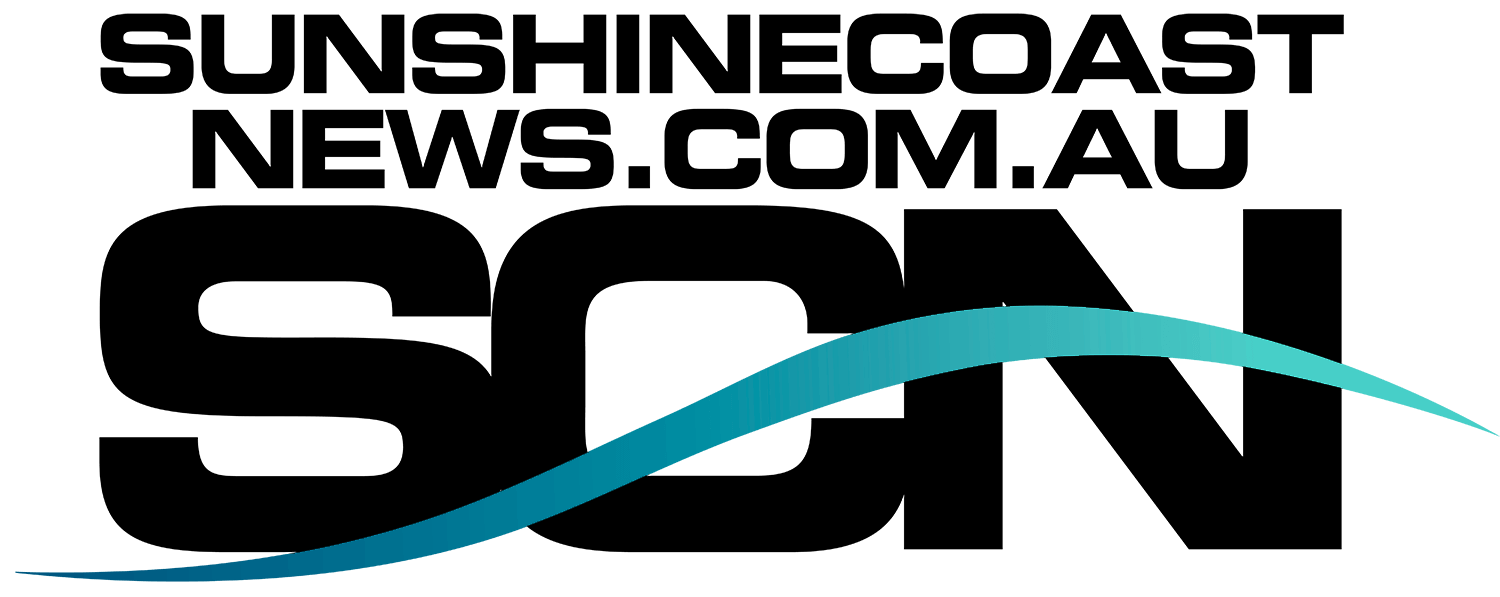It may take until the end of the week before Sydney’s daily COVID-19 infection numbers start to decline.
Gladys Berejiklian says she expects a lag of between five or six days until cases begin to drop as a result of the latest lockdown restrictions.
The NSW premier admits her decision to impose the harshest measures yet on the Harbour City has caused her anguish.
“I’m not embarrassed to say that in public life, yesterday was probably the most difficult day I’ve had personally,” she told reporters on Sunday.
Stay-at-home orders have been tightened in Fairfield, Canterbury-Bankstown and Liverpool with locals not allowed to leave until July 30.
Tougher restrictions also apply to the entire Greater Sydney region, with only supermarkets, pharmacies, banks and few other retailers allowed to open and construction sites shut.
NSW police say they will target Sydney beaches to ensure compliance, with “high-visibility” patrols at Manly Beach, Bondi Beach and other coastal areas to ensure social distancing while people exercise.
Deputy Commissioner Mal Lanyon reminded Sydney residents they are now required to carry a face mask when out of their homes and to wear them when appropriate.
“In order to achieve community safety, police will not hesitate to enforce the public health order if they discover people are not complying with them,” he said in a statement on Sunday.
NSW recorded 105 new virus cases and the death of a woman in her 90s in Sydney’s southeast on Sunday.
Ms Berejiklian said 27 had been infectious while in the community.
Earlier
Lockdown restrictions in NSW have been tightened again, for the third time in as many weeks, as Victorian government boasts its “go hard and go early” strategy has been vindicated.
NSW Premier Gladys Berejiklian and Chief Health Officer Kerry Chant were repeatedly questioned on Saturday about their handling of the lockdown, dodging suggestions they should have gone harder, sooner.
The state reported 111 new community cases of the virus Saturday along with the death of a man in his 80s.
Some 29 of the new cases were active in the community for all or part of their infectious period, prompting the tightening of stay-at-home orders in three Sydney council areas.
Retail was also curtailed and construction paused.
Help keep independent and fair Sunshine Coast news coming by subscribing to our free daily news feed. All it requires is your name and email. See SUBSCRIBE at the top of this article

Meanwhile in Victoria, authorities say their approach is being vindicated by the spiralling situation in NSW.
Although 18 of the 19 new cases in Victoria were not in insolation for the entirety of their infectious period, on average each only spent 1.7 days in the community before their infection was picked up.
“That figure is a vindication of the going hard and going early strategy that the public health team has put to the government,” Victoria’s Health Minister Martin Foley said.
Some 12 million Australian residents are under COVID-19 lockdown, with the rest are living with some form of travel restriction, as Australians remain in the dark over the rate of vaccinations needed for the country to reopen.
Amid the gloom, Nationals federal cabinet member Bridget McKenzie on Saturday sought to reassure that Australians subjected to lockdowns beyond seven days would be eligible to access financial support.
However, all the opposition wanted to talk about on Saturday was vaccinations. Only 13 per cent of Australians have been fully vaccinated.
“The fact is that until we fix the rollout of the vaccine and have national quarantine facilities then there’ll continue to be these constraints,” Labor leader Anthony Albanese said.
“That’s why this is Scott Morrison’s lockdown.”
Victoria’s deputy premier struck a blunter note.
“The 800-pound gorilla in the room that we have failed to mention today is the fact that we’re in this position because our vaccination program has not delivered what we were told it was going to deliver,” James Merlino said.





